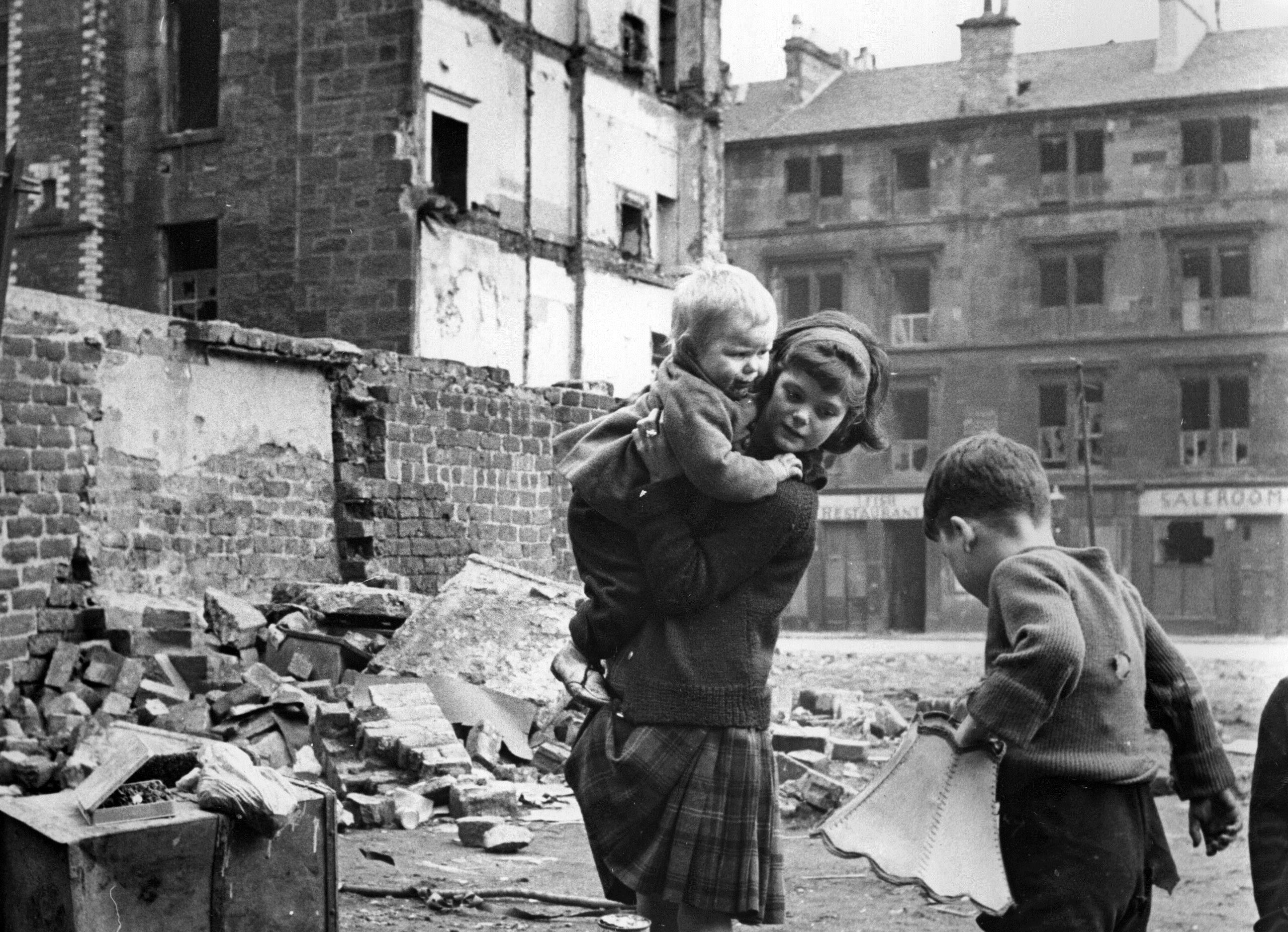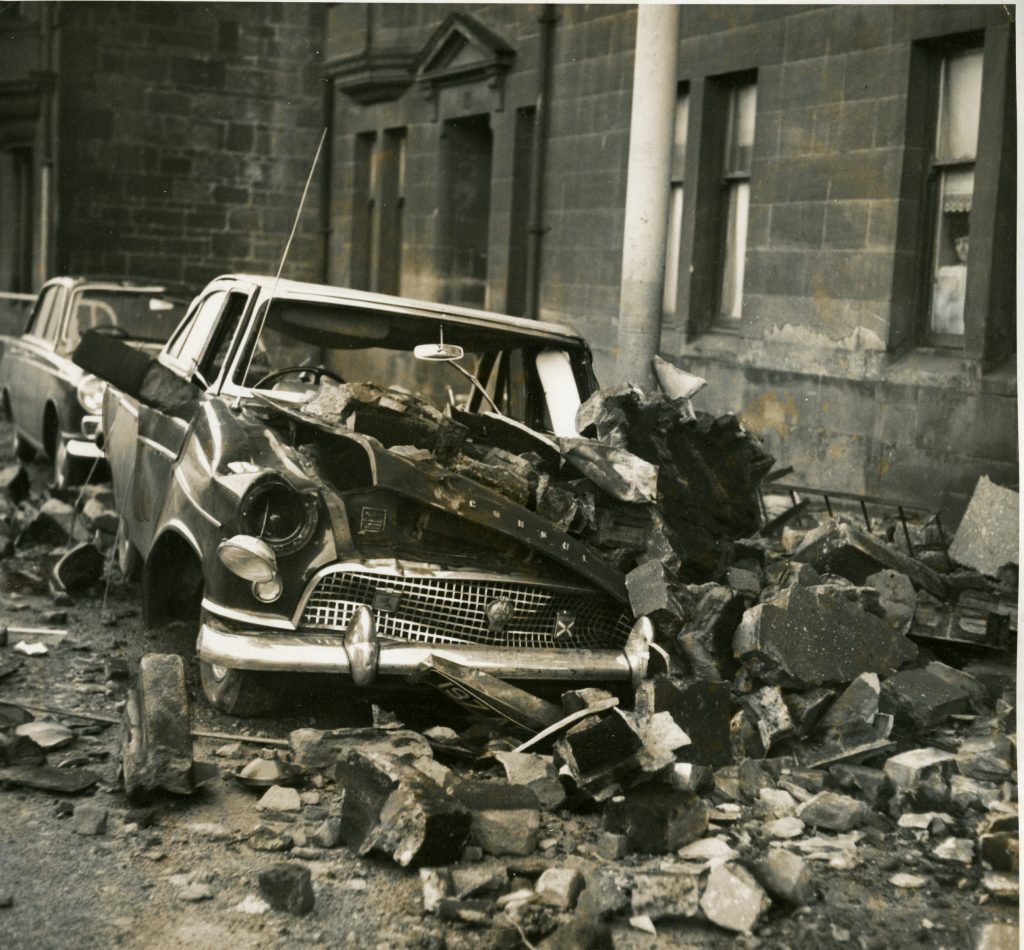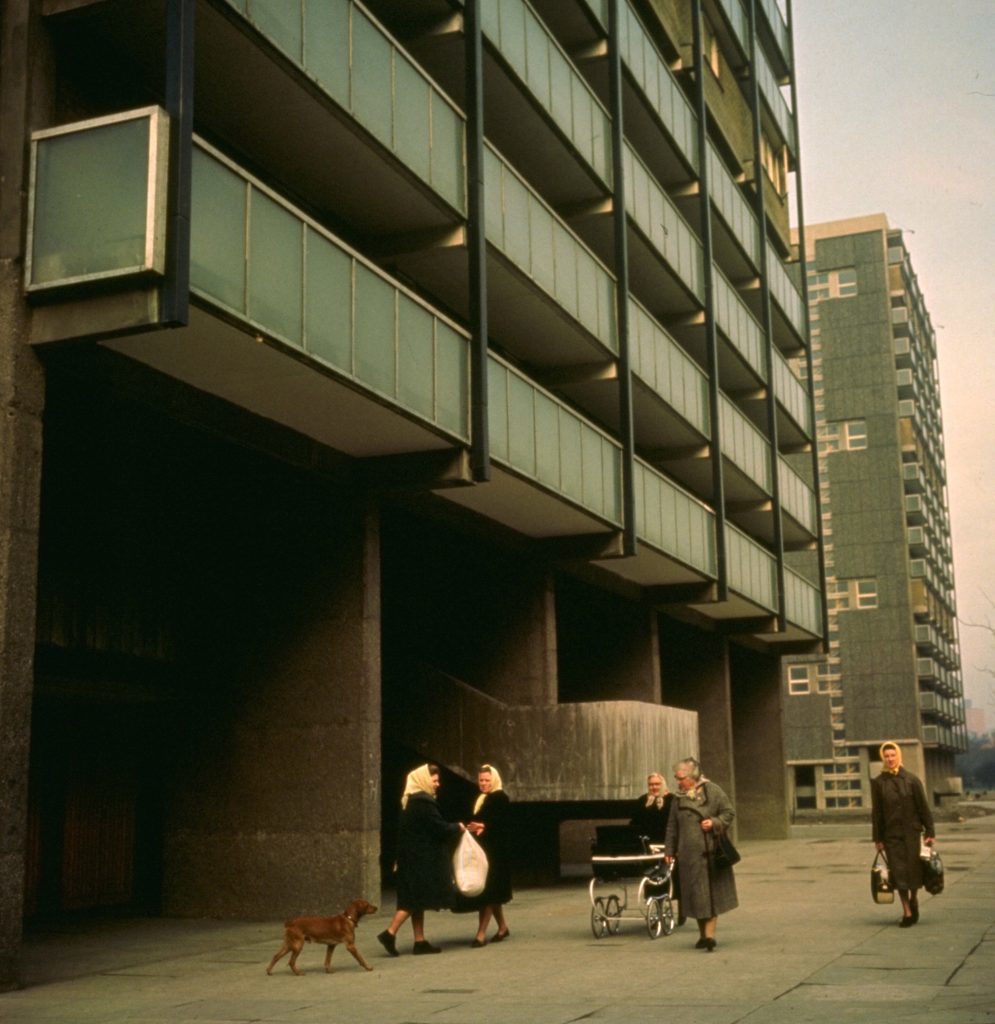
IT’S half a century since one of the worst storms in living memory smashed into Scotland.
The hurricane that battered the country on January 15, 1968, with winds reaching 120mph, was called the central belt’s worst natural disaster.
By the time it cleared it had claimed 20 lives, sunk ships and brought buildings and trees crashing to the ground.
Hundreds of thousands of homes were damaged but a storm that brought so much misery became the catalyst for huge change.
The housing crisis sparked by the storm put the focus on Glasgow’s decaying Victorian tenements and how they could be refurbished for a modern city.
Raymond Young, then an architecture student, was involved with plans to give the most basic of facilities to homes and allow people to live there.
“One in four Scottish households had to share an outside toilet,” said Raymond. “In the area of Govan we started with, the tenements faced demolition in a few years and I thought that surely children growing up there should have a bathroom.”
The plans seemed simple, converting bed recesses, but the impact was enormous.
Suddenly houses deemed unsanitary became desirable. Residents wanted to stay rather than be shipped off to a council scheme they didn’t know or a lonely flat in a high rise.
A major process of stone-cleaning the tenements, lifting away decades of soot and grime from Glasgow’s industrial past, followed.
Improved, cleaned and now seen in a whole new light, the tenements provided a post-storm housing boost.
Raymond went on to write a book called Annie’s Loo, named after Annie Gibbons, the Govan resident he helped put in that very first bathroom. And although he now lives in Perthshire, he still returns to the city whose current look he helped shape.
“I am proud that so many of these tenements were saved,” said Raymond. “I had an idea and got the ball rolling. It was local residents who grabbed that idea and ran with it and they are the ones who really changed the city.”
The storm that wreaked such havoc – remembered in a BBC Scotland documentary this week – had started as a small depression, deepening dramatically as it raced across the Atlantic before crashing into the west coast. The winds built throughout the late Sunday evening and by the early hours of Monday the 15th, hurricane hell was in full force.
A dredger in the Firth of Clyde off Greenock was torn from its moorings, sinking eventually with the loss of three crew on board.
Roofs were ripped off building after building, but at 555 Dumbarton Road in Glasgow, the damage was deadly. A six-ton chimney stack was torn loose and crashed down, killing Anne Best and daughter Angela, along with Janet Gowran and her young daughter Nancy.
Janet’s stepson Peter, then just 16, said: “There was a lot of banging and then the loudest noise I’d ever heard.
“When daylight appeared I remember a police officer coming in and talking about four bodies being in the debris.
“My stepmum and sister were two of them.”
Another city resident, fashion designer Marion Donaldson, said simply of the aftermath: “It was like being in the middle of a war with rubble everywhere. Thousands of roof tiles off and cars damaged.”
Of the 20 deaths, most were in the west of Scotland, Glasgow taking the brunt with nine fatalities.
The Storm That Saved A City, BBC1 Scotland, Wednesday 9pm

Enjoy the convenience of having The Sunday Post delivered as a digital ePaper straight to your smartphone, tablet or computer.
Subscribe for only £5.49 a month and enjoy all the benefits of the printed paper as a digital replica.
Subscribe
